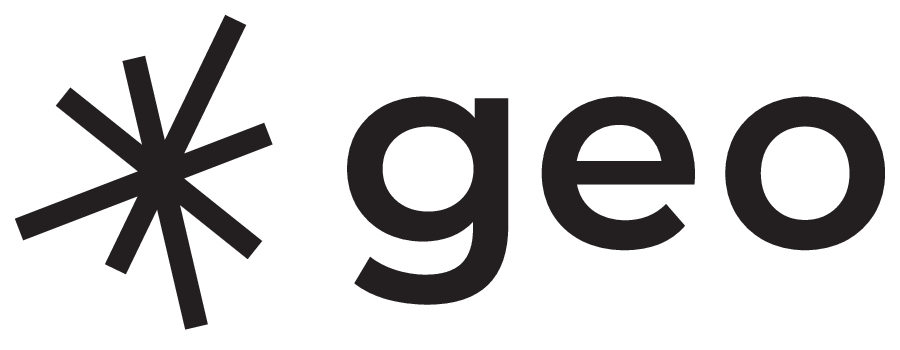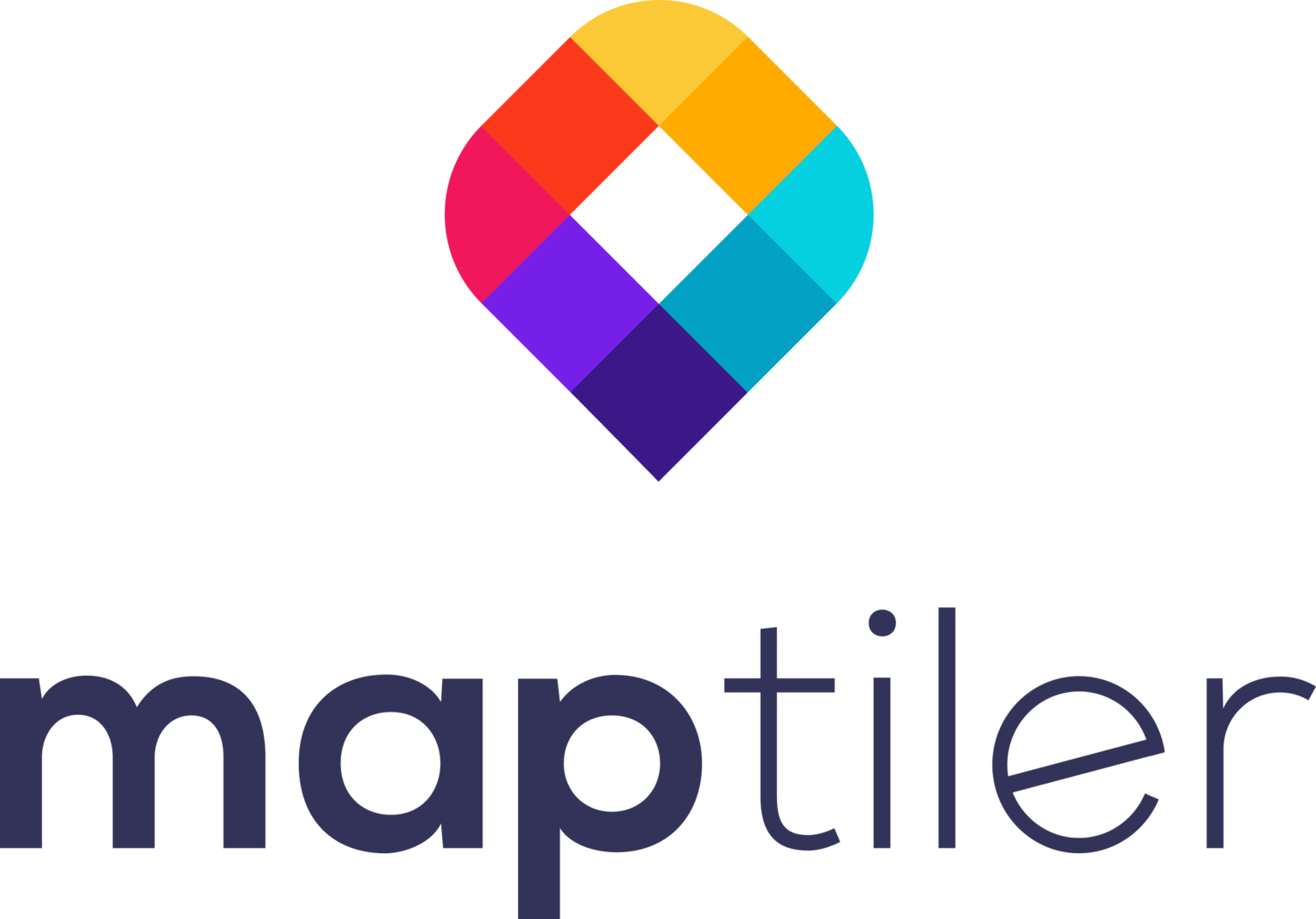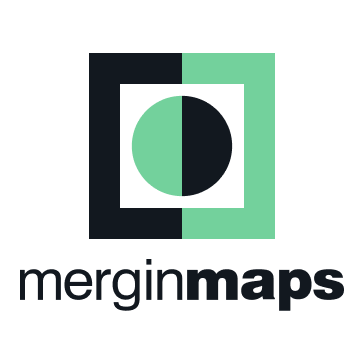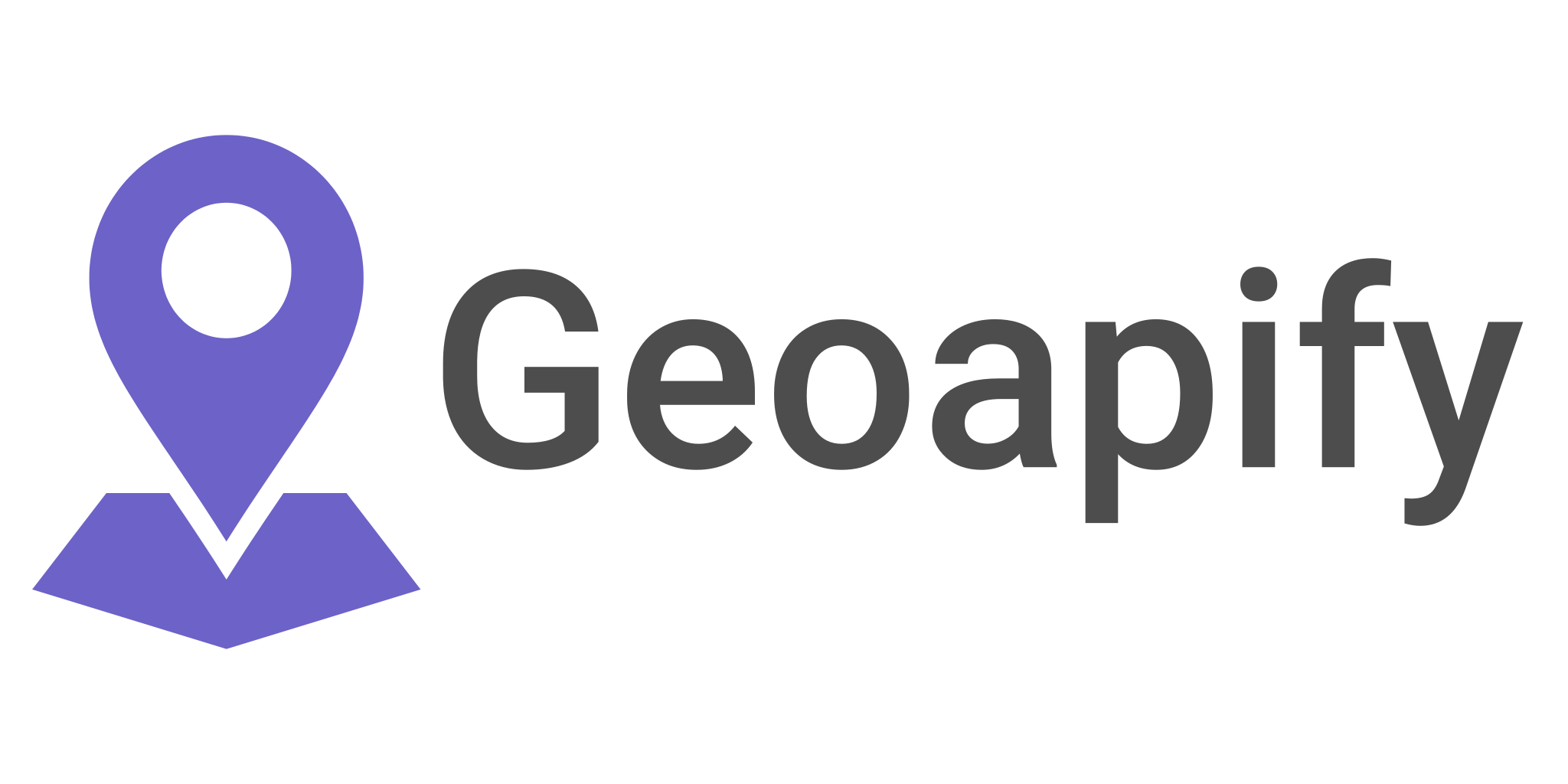The future of remote sensing and earth observation might be open, collaborative and involve much more end user education that you expect. Dr Aliastair Graham shares his observations based on 20 years of experience in the industry. Aliastair walks you through what a future where all data is open might look like, some of the projects that are focused on making data more “findable” and “usable” and the opportunities he sees in the industry.
This episode is sponsored by HiveMapper
A platform that takes video and creates 3D mapping layers based on that data. The video can be from a variety of different sensors, does not need to be vertically looking down on the geography and each 3D output is georeferenced!
You are more than welcome to reach out to me on social media, I would love to hear from you!







